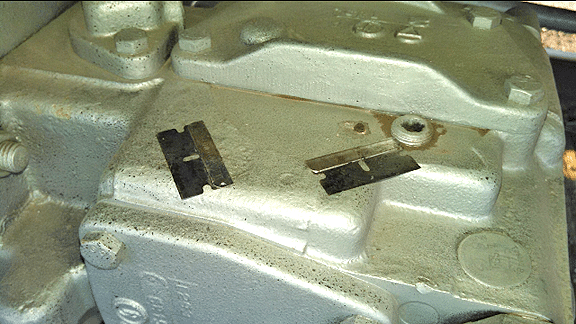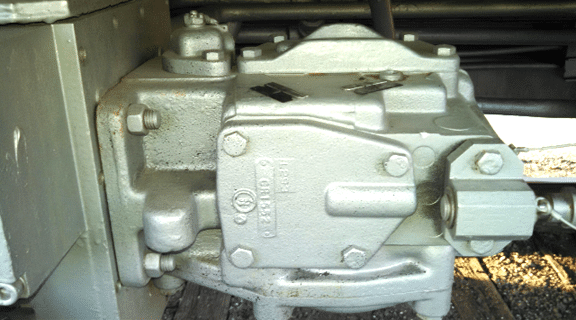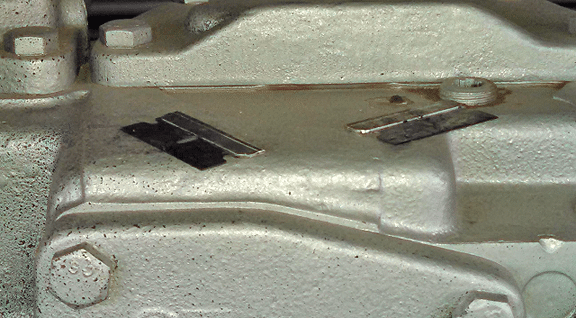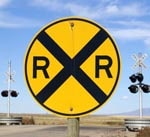
Highlights of FRA freight rail safety data (per million train miles):
- Since 2000, the train accident rate is down 45 percent, a new low, and the 2014 train accident rate was down 7 percent compared with 2013.
- The track-caused accident rate has dropped 54 percent since 2000 and 12 percent from 2013.
- The equipment-caused accident rate has dropped 44 percent since 2000 and 6 percent from 2013.
- The rate for human factor-caused accidents has declined 44 percent since 2000 and 4 percent from 2013.
“The freight rail industry is working all out to prevent any train incident, large or small. It is an ongoing 24/7 commitment and our goal remains zero accidents,” said Edward R. Hamberger, president and CEO of the AAR. “Freight railroads are always looking to further advance safety and will continue to move forward with safety-focused initiatives and cutting-edge research and development.”
“The FRA statistics show that while freight railroads moved more products in 2014 than any time since 2007, the focus on safe train operations remained front and center through technological improvements, company-wide safety programs and ongoing record spending back into rail operations,” said Hamberger, who noted that since 1980, $575 billion has been spent on maintaining and modernizing the 140,000-mile rail system with $29 billion planned to be injected into rail infrastructure and equipment in 2015.
 U.S. railroads are rallying customers, including lumber and steel companies, to fight a government proposal to slow trains hauling crude oil.
U.S. railroads are rallying customers, including lumber and steel companies, to fight a government proposal to slow trains hauling crude oil.



 WASHINGTON – The Association of American Railroads (AAR) June 3 announced that North America’s freight railroads will host events in multiple cities across the country in observance of the sixth-annual International Level Crossing Day (ILCAD) aimed at raising public awareness about safe behavior around railroad grade crossings.
WASHINGTON – The Association of American Railroads (AAR) June 3 announced that North America’s freight railroads will host events in multiple cities across the country in observance of the sixth-annual International Level Crossing Day (ILCAD) aimed at raising public awareness about safe behavior around railroad grade crossings.